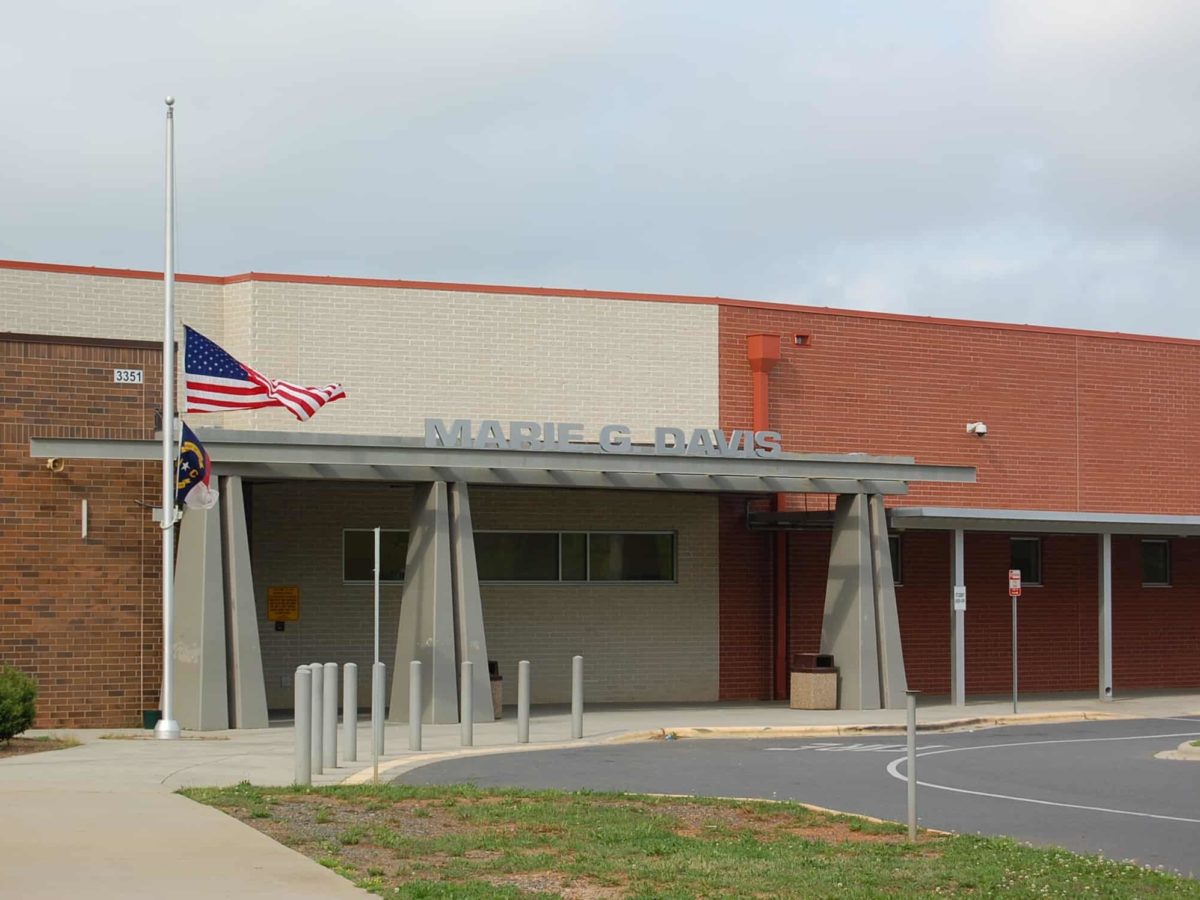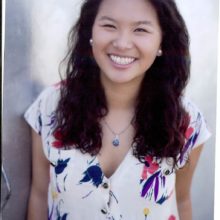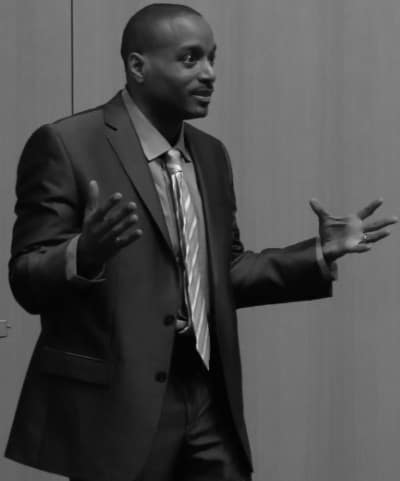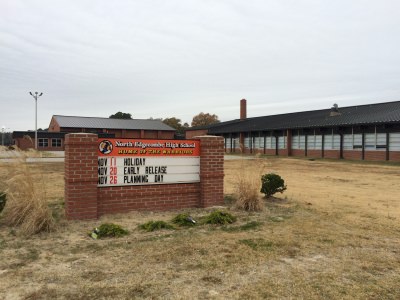

Since their inception, public magnet schools have served as innovative alternatives to traditional district schools. They act as an avenue for specific themed programming such as art, STEM, or IB, that is otherwise not offered in traditional public schools. Furthermore, magnet schools offer a way to integrate communities and draw more diversity into one school. By having magnet programs in typically low-income or poor performing schools, the schools are able to ‘magnetize’ themselves by attracting students from other areas with their specified program.
The ideal then is to have an integrated school with a diverse population as well as theme-specific programming that will enrich all students.
However, what we’re seeing more and more in North Carolina today is that, even if magnet schools do their job in attracting a more diverse student body, the goal of integration is incomplete. Many of our magnet schools fail to either achieve significant levels of diversity or fail to integrate cohesively. Moreover, partial magnet programs often result in an even more segregated student body, where the typically affluent or majority white students are isolated in the special program, and the rest of the student body is excluded. In other words, there might be diversity, but there is an apparent lack of inclusion.
Many of our magnet schools do not reflect the demographics of their local communities.
The issue of inclusivity in schools is of course only a facet of the much larger issue of inequality in our education system. Still, magnet schools offer a unique avenue in which we can view these issues. We want to reach all students within a community and make sure we are providing them with equal opportunities. Currently, we can see that this is not true. Many of our magnet schools do not reflect the demographics of their local communities. For instance, the Charlotte-Mecklenburg school district is comprised of about 42.2 percent African-American students, 19.5 percent Hispanic or Latino, and 30.8 percent white students. But only two of their 20 magnet schools, Northwest School of the Arts and Randolph Middle, come close to reflecting these demographics. The majority of the schools are either more than 65 percent white or African American. Furthermore, the proportions of students actually passing standardized tests at a proficient level are heavily concentrated in our upper-middle class white populations. Our low income minorities have a lower average proficiency on most tests. For instance, in Forsyth County, Atkins Academic Tech High’s End of Course tests, 88.8 percent of white students pass, while only 60 percent and 62 percent of African-American and Hispanic students pass respectively. This disproportion is even more evident in partial magnet programs, where the majority of high test scores are achieved by typically high socioeconomic status white students, and their minority peers achieve much lower scores. All of this is evidence of how our magnet schools are only helping portions of our students.
Why is this? What makes these programs effective for some, but not for all? The answers to these questions are not simple and have been twisted by years of history, politics, race, and power. Still, the issue boils down to unequal access. Which families are we reaching? Do they know about magnet programs and how to apply? Are we providing the right types of resources to reach these students, such as proper and easily accessible transportation? Are the classes we offer fair and equal; or are we isolating students into different tracks based on the opportunities they come in with? All of these and more have much to do with a student or family’s ability to access opportunities.
Having an integrated school is not the same thing has having integrated classes.
Magnet schools offer a great way to expand opportunities to our students. If we continue to use our magnet programs in an inefficient way, we will continue to undercut the populations that need these opportunities the most. We need better-integrated programs without such a distinct divide between our racial and socioeconomic populations. Having an integrated school is not the same thing has having integrated classes. Having a diverse student body is not the same as having an inclusive student body. Magnet school diversity is important; we want our programs to be reflective of the communities they take place in, and that means providing all students of that community the opportunity to take advantage of magnet schools.




